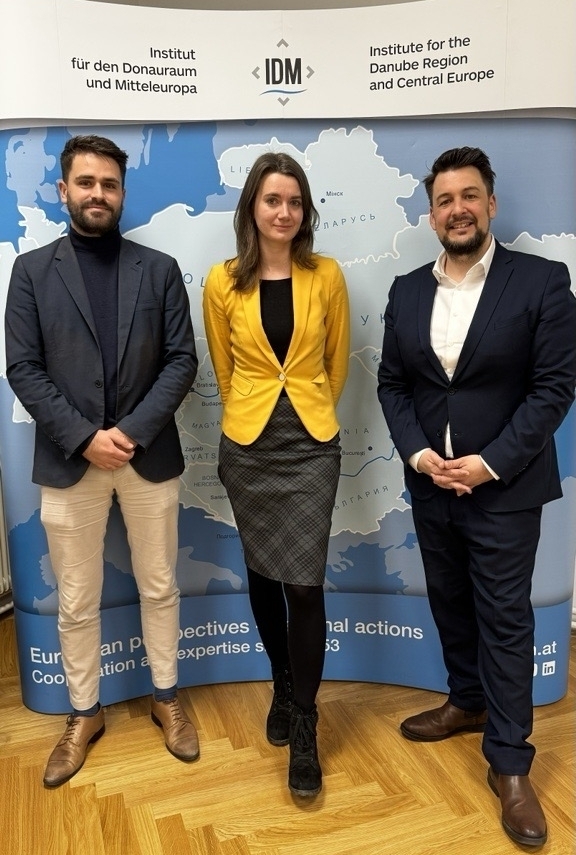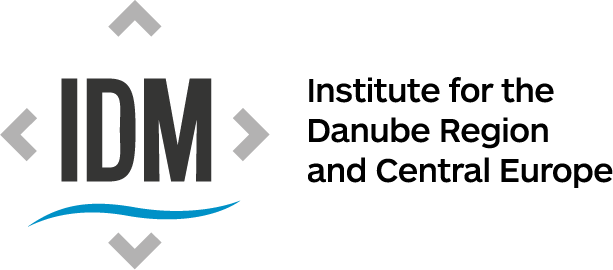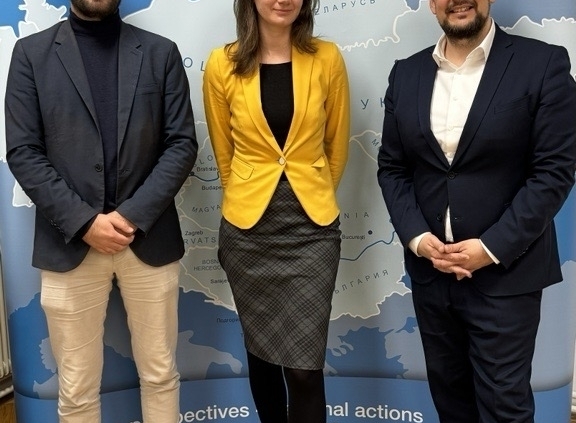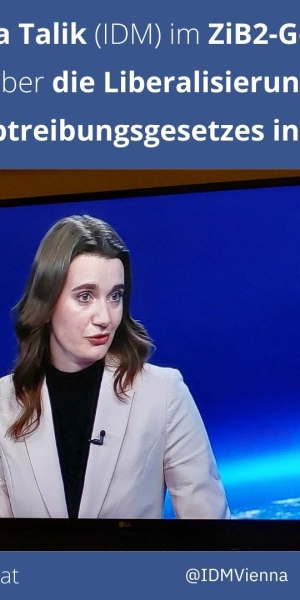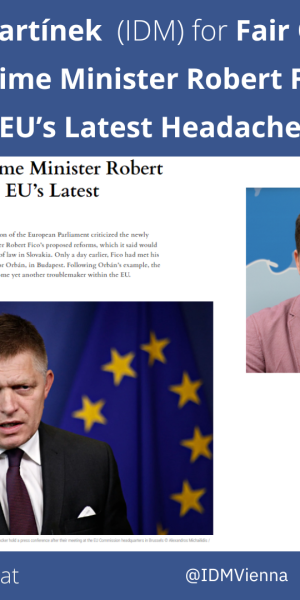Revival of the Weimar Triangle?
As Polish society voted out the nationalistic PiS party and the new government of Donald Tusk is re-shifting priorities of its foreign policy, a discussion about the revival of the Weimar Triangle has re-emerged. Not for the first time, voices advocating for tightening minilatertal cooperation among Germany, France, and Poland are to be heard. However, for the first time in years, a window of opportunity for such a format has opened. While minilateral formats are on the rise in general but specifically with participation of EU member countries, the overall added value might sometimes not be visible at the first glance. There is per se nothing wrong with this development. Smaller groups of countries working together might even contribute to a smoother decision-making process in an hopefully again enlarging EU.
Minilateral formats have existed before (see Benelux) or directly served European Integration (see Visegrad Four). However, during the last years, the number has drastically increased (Three Seas Initiative, Central Europe Five, Slavkov Format to name just a few). The Weimar Triangle has the unique potential to actually advance integration and contribute to the future of the EU as they do not only represent bigger member countries in terms of population but also GDP, bridging West and Central Europe. They might also contribute to alleviating the imbalance regarding EU top jobs and geographical representation and coincidentally the French President, German Chancellor, and the Polish Prime Minister represent the currently three biggest fractions in the European Parliament (EPP – Tusk, S&D Scholz, Renew – Macron).
Romain Le Quiniou from the French think tank Euro Creative met with Malwina Talik and Sebastian Schäffer to discuss how feasible such a scenario is and what potential lies in such a cooperation, so to say a mini(lateral) Weimar Triangle at IDM! More to come—stay tuned!
Minilateral formats have existed before (see Benelux) or directly served European Integration (see Visegrad Four). However, during the last years, the number has drastically increased (Three Seas Initiative, Central Europe Five, Slavkov Format to name just a few). The Weimar Triangle has the unique potential to actually advance integration and contribute to the future of the EU as they do not only represent bigger member countries in terms of population but also GDP, bridging West and Central Europe. They might also contribute to alleviating the imbalance regarding EU top jobs and geographical representation and coincidentally the French President, German Chancellor, and the Polish Prime Minister represent the currently three biggest fractions in the European Parliament (EPP – Tusk, S&D Scholz, Renew – Macron).
Romain Le Quiniou from the French think tank Euro Creative met with Malwina Talik and Sebastian Schäffer to discuss how feasible such a scenario is and what potential lies in such a cooperation, so to say a mini(lateral) Weimar Triangle at IDM! More to come—stay tuned!
